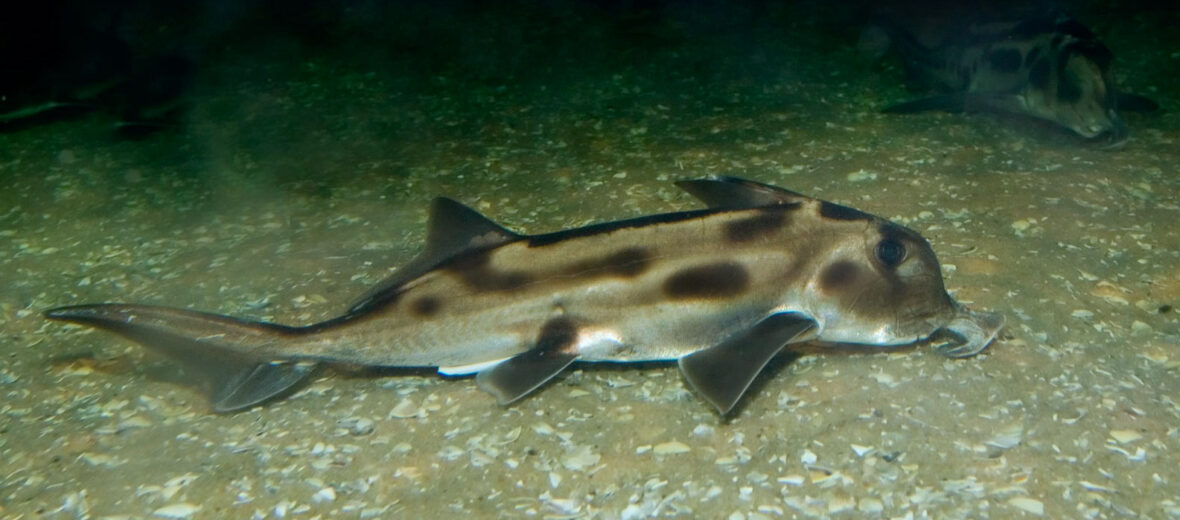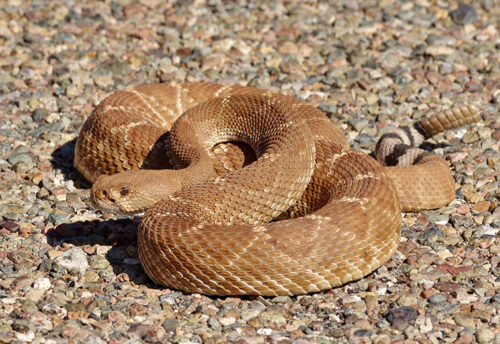
The Australian ghostshark, aka elephant shark, whitefish, makorepe (in Māori), plough-nose chimaera, or elephant fish, hails from the waters off of southern Australia, including Tasmania, south of East Cape, and Kaipara Harbor in New Zealand. These peculiar critters are actually not sharks at all, but rather rays. Even though they face the threats of climate change, pollution, and overfishing, these rays are still listed as Least Concern and their populations seem stable.
First the Stats…
Scientific name: Callorhinchus milii
Weight: Up to 8.8 lbs.
Length: Up to 49 inches
Lifespan: Up to 15 years
Now on to the Facts!
1.) They use the club-shaped projection on the end of their snout to sift through sand, in search of prey.
2.) These critters prefer to dwell at depths of around 650 feet.
3.) The ghostshark preys on mollusks and shellfish.
4.) Larger fish and sharks prey on ghostsharks.
5.) In 2014 a genome study of the Australian ghostshark determined that they lack a single gene family that controls the process of turning cartilage into bone.
But wait, there’s more on the Australian ghostshark!
6.) During spring – autumn, adults migrate inshore to bays & estuaries. Females lay their eggs on muddy and sandy substrates.
7.) Females are oviparous (egg laying). Once the eggs are laid, mom leaves the eggs to their own devices.
Did you know…?
Their dorsal fin is equipped with a venomous spine that can inflict a painful sting.
8.) The eggs are housed in larger yellow-colored capsules equipped with a small slit/opening that allows sea water to enter.
9.) In approximately 6 – 8 months, the 12 inch long pups emerge from the eggs and are fully developed. This is called being born precocial (fully functional at birth).
10.) These rays are often the target of recreational fishermen.
Now a Short Australian Ghostshark Video!
Be sure to share & comment below! Also, check out the Critter Science YouTube channel. Videos added frequently!
Want to suggest a critter for me to write about? Let me know here.



